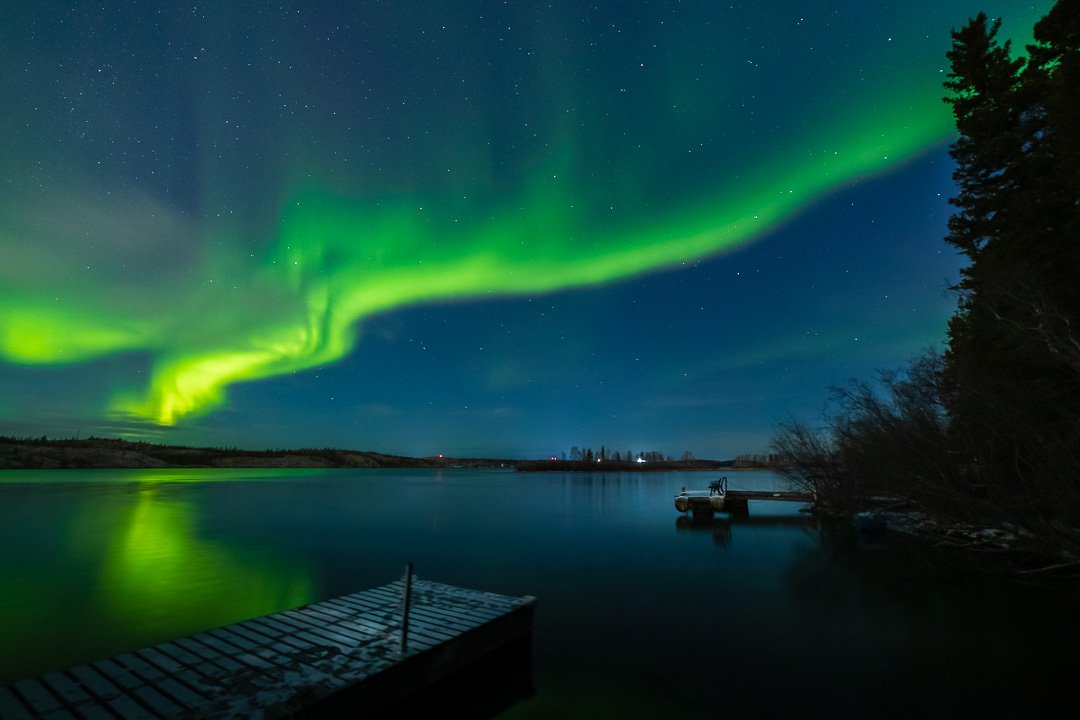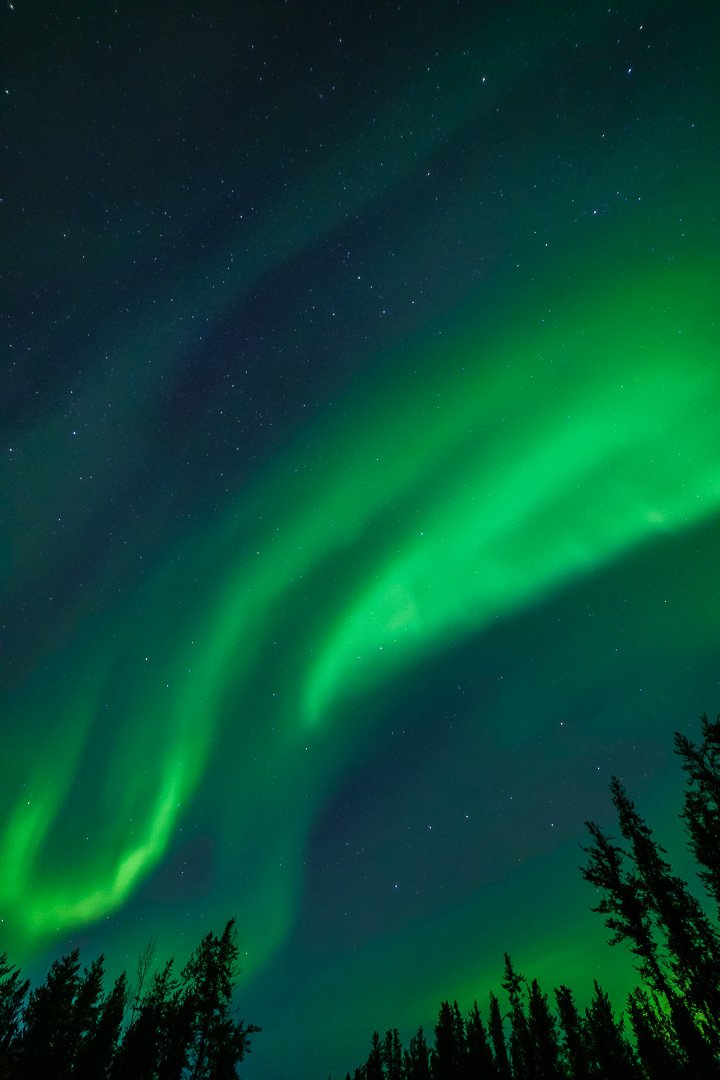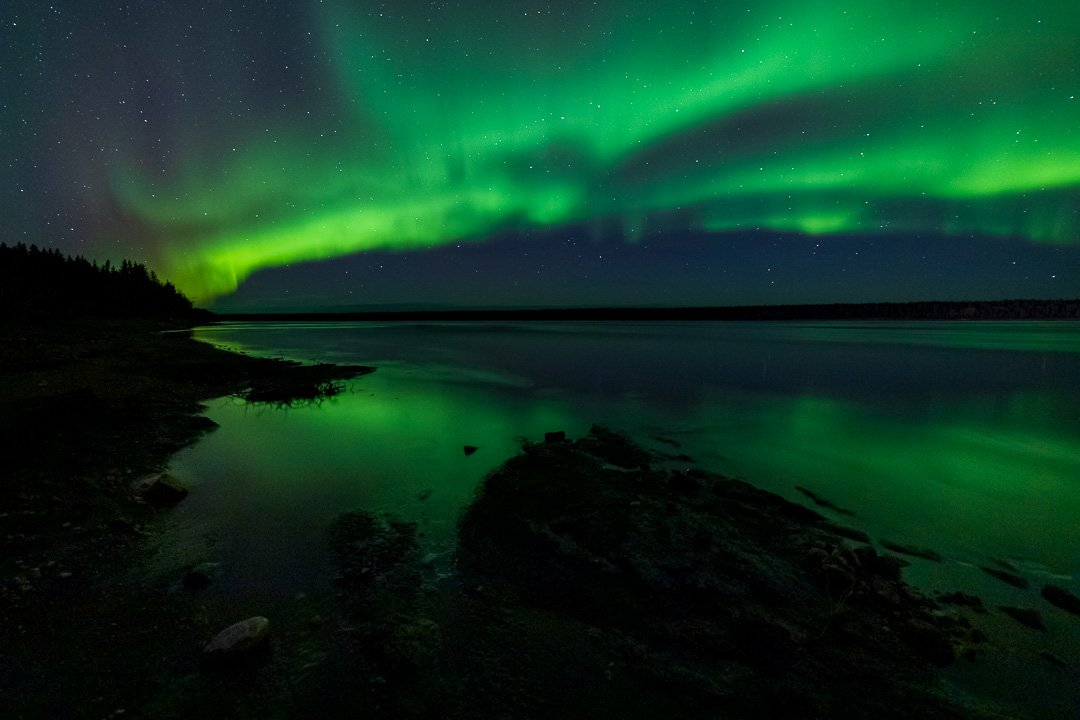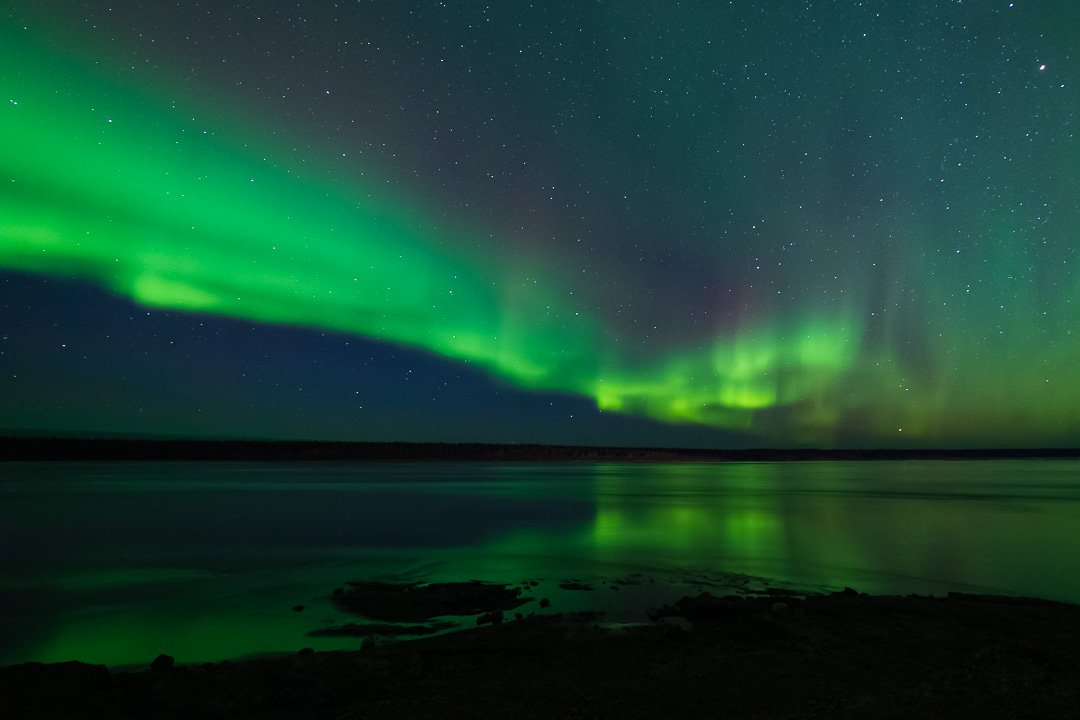Update: May 14, 2024
G5-level Solar Storm
On May 10th, 2024, a powerful G5-level solar storm impacted Earth. This solar storm was a significant space weather event, resulting from multiple coronal mass ejections (CMEs) directed at Earth. These CMEs merged and intensified as they approached, leading to the strongest geomagnetic storm since the Halloween Storm of 2003.
The storm produced spectacular auroras visible across much of the world, including places as far south as Florida, California, and Texas in the United States, as well as many countries in Europe, and across New Zealand and Tasmania. The auroras were visible due to the charged particles interacting with Earth's magnetic field, creating vivid light displays in the sky.
The storm's intensity reached a KP index of 9, the maximum on the geomagnetic storm scale, which indicates extreme conditions. Besides the auroral displays, such intense geomagnetic activity can potentially disrupt satellite operations, GPS systems, and power grids. In this instance, there were warnings issued to infrastructure operators to prepare for potential disruptions.
I was in Toronto when the solar storm hit. With a forecast of extreme geomagnetic activity, I decided to drive about an hour north to reach Bortle 4 skies. The location provided a darker sky than the city of Toronto, reducing light pollution and enhancing the visibility of the aurora borealis.



The powerful solar storm of May 10th, 2024 resulted in intense auroral displays across the globe. These images were taken from a location at ~43° latitude. It is extremely rare for the aurora to be seen so clearly at such low latitudes.
The drive was well worth it. Under the clear, dark skies, I set up my camera gear and was treated to a stunning display of vivid colours and dynamic patterns dancing across the sky. The auroras were clearly visible to the naked eye, and capturing their beauty through my lens was an exhilarating experience. The vibrant greens, purples, pinks, and reds illuminated the night, creating an almost otherworldly scene. The sheer intensity and reach of this geomagnetic storm made it a memorable event for skywatchers around the globe.
Oct 24, 2022
Original Post
I recently travelled to the Northwest Territories (NT) in Canada for a specific purpose - to catch a glimpse of the Aurora Borealis. The aurora is a phenomenon caused by the interaction of the solar wind from our Sun with the Earth’s magnetosphere. The charged particles in the solar wind excite and ionize the upper atmosphere of the Earth resulting in stunning displays of various colours and patterns. Quite literally, the aurora results from geomagnetic storms - space weather!
The aurora dances over Great Slave lake in Yellowknife, NT
The aurora is visible in a band of latitudes around the poles of the Earth, both in the northern and southern hemispheres. In the north, it is generally visible at latitudes above 60 degrees (but can be seen at lower latitudes when particularly strong) during the fall, winter, and spring seasons when the sky gets dark enough at night for the lights to show.
As seen over a forest in Fort Smith, NT
The most common colour of the aurora is green. Shades of purple are also visible from time to time. During particularly strong geomagnetic storms the aurora can present in vivid shades of red and even blue. The patterns of the aurora are different from minute to minute. There’s no certainty about how long the aurora will last once the skies light up. Often they last just minutes, but sometimes they can last hours.
As seen over Slave River outside Fort Smith, NT
Predicting the aurora is very difficult, but not impossible. Keeping an eye on measures like the solar wind speed, interplanetary magnetic field components, hemispheric power, disturbance storm time index, and KP index usually gives us a good indication of the likelihood of an approaching auroral display within a 30-60 minute window.
As seen with a quarter moon illuminating the sky over Prosperous lake outside Yellowknife, NT
Seeing the aurora is not a sure thing. Most nights are spent getting as far away from civilization as possible, staying up late, keeping yourself warm with layers of winter jackets, and sipping on hot chocolate while hoping to catch a glimpse of the playful lights dancing across the sky.
But the wait is worth it.













